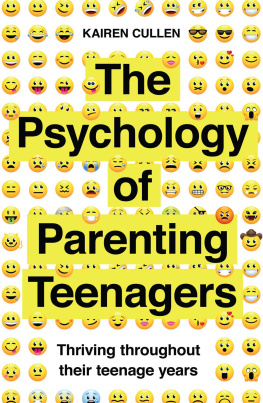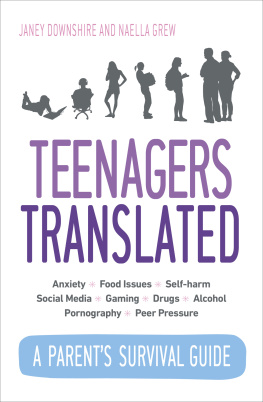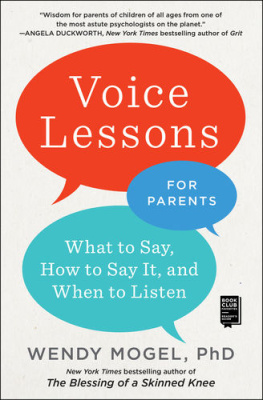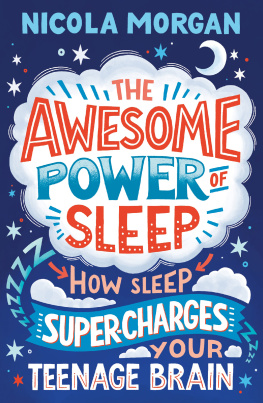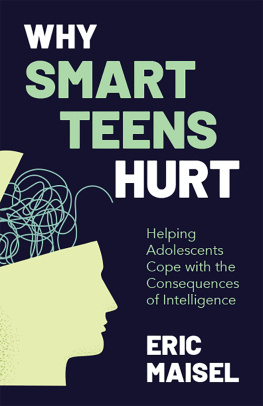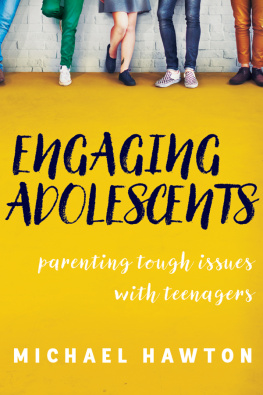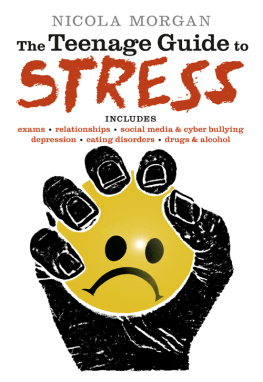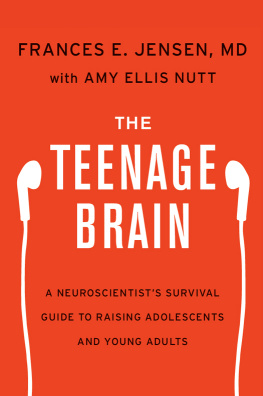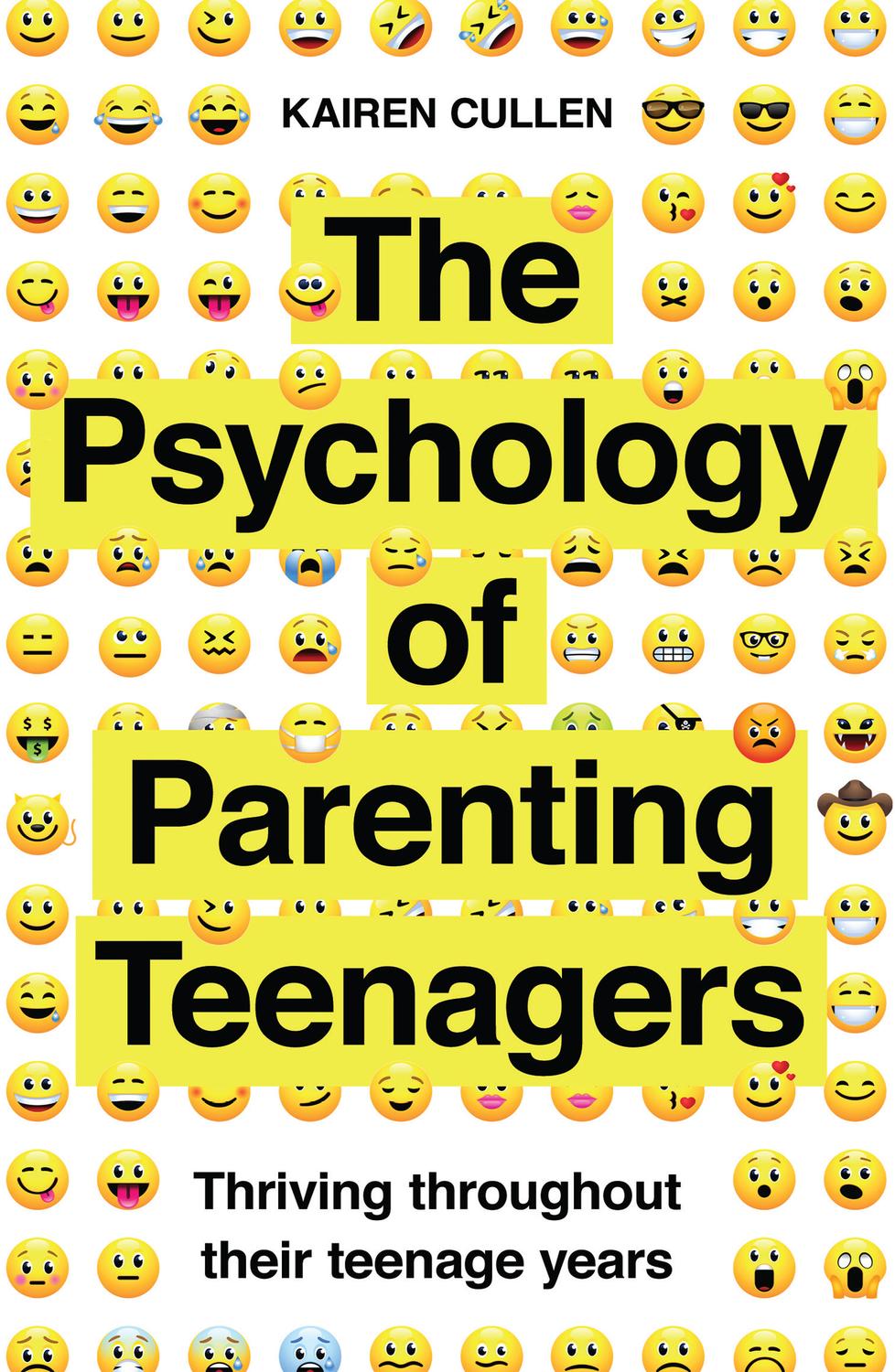In my assessment practice I have helped people to clarify their issues, questions and the changes they wanted to bring about. I did this through a process of finding out as much as possible about the factors and influences contributing to their situations in order to provide professional advice. I used positive psychology with a firm commitment to the humanistic psychology principles of acceptance, congruence and empathy. I also drew upon a number of applied psychology approaches including cognitive behaviour therapy, art therapy, family therapy, solution-focused brief therapy and personal construct psychology. I continue to use these approaches, my research skills and psychological theory in my writing, other professional activities and in my life generally as I have always believed it to be essential to walk the talk and to provide services which I would be happy for myself or a member of my own family to receive. Where at all possible I have referenced the source of research drawn upon in my writing but in instances where these may have been overlooked I offer my apologies.
This is a book for anyone who has anything to do with teenagers and cares about their well-being, development and learning: actual parents of teenagers, parents with younger children who in time will become teenagers and also the many other adults in teenagers lives, including professionals who may find the text helpful as an aid to thinking in their practice. It offers an original, practical and theoretically informed way of thinking about, understanding and actually living with and being involved with teenagers.
I am writing from the perspective of an experienced professional educational psychologist, who at various times has specialized in behaviour, which as most people know is shorthand for difficult behaviour, and very frequently that of young people in the teenage years. I am also drawing upon my life experience as the parent of four adult children who, of course, were once teenagers with a fair few of the blessings and challenges that teenagers bestow on their parents and the world in general.
The focus of my book is largely on what is considered to be normal teenage behaviour, i.e. not upon the range of behaviours associated with clinical disorder and what is sometimes termed abnormal psychology. However, I will touch upon the signs and symptoms that can be evident when these latter terms may apply, what to do in those situations and who might be able to help. It is important for me to emphasize that where a young persons everyday behaviour, learning and/or development is causing concern and is significantly different to that of the majority of other children in their age group, then adults involved with such young people should seek advice and possibly the direct input of appropriately qualified professionals. The familys GP and/or an involved education professional are generally good access points for getting this help.
This book is strewn with case studies, which of necessity are fictional but, as for nearly all fiction, are drawn from lived experience. Practical tips and exercises accompany the different challenges of teenagers, often within the case studies in order to better understand the ideas presented. You may decide to try some of them with your own teenagers and if so you need to select activities which you are confident are appropriate, supportive and always undertaken with the young persons well-being and best interests in mind. If, for whatever reason, it is not feasible to do the exercise with an actual teenager, I suggest that you draw upon memories of being a teenager yourself and use your remembered and/or imagined younger self.
The approaches that I have developed in my applied practice are underpinned by educational psychology literature and psychological theory in general and I will summarize and refer to these where appropriate. The last part of this introductory section, Chapters 4 and 5 focus very specifically on many of the theories that I draw upon. I outline the blend of research and theory that is being used and aim to clarify and explain this so that readers gain a practical understanding that will help them in their relationships with teenagers. I also provide references for further and more in-depth reading for those who wish to pursue their explorations of the subject more.
This book follows my first book in the Practical Guides series published by Icon Books, A Practical Guide to Child Psychology, first published in 2011 and now available in its second edition. This book builds upon many of the ideas in my first book and you may find it helpful to read this also.
The key ideas
How you use this book will of course depend upon your particular situation, and the nature of your involvement with teenagers. This is not a book of instruction and it does not claim to have all the answers, or to be able to prescribe exactly what you should do. However, it will help you in your thinking, and as we all know, whether or not we are professional psychologists, little true learning, solution-finding or even behaviour as a whole changes unless an individuals thinking is open to new ideas. This, itself, is a key idea that runs through every chapter, so even if you find some of the ideas and approaches not immediately appealing, try to stay open-minded because there is every chance that you can blend some aspects with other ideas and approaches.
This leads nicely to another key idea: the need to cultivate creativity in your interactions with teenagers.
My mum is always reading books or listening to people on the radio on how to deal with me and I can see where shes coming from from a mile off. It doesnt work because its not real and it wasnt her idea.
Fourteen year old
In many ways teenagers today are more informed and worldlier than ever before. New technology is partly responsible but I also think, from my experiences with so many teenagers over more than three decades, that their reasoning and questioning is more sophisticated than ever before. This is a testament to both our education system and to parents and carers and is a reflection of the world we live in. This is why it is important to be as original, authentic and relevant to the particular young person and situation as possible. If you arent, they are sure to find you out. As one colleague said to me:
Teenagers can sometimes seem like an unstoppable force because they generally have one overriding project into which they channel their energies and emotions and that is themselves.

